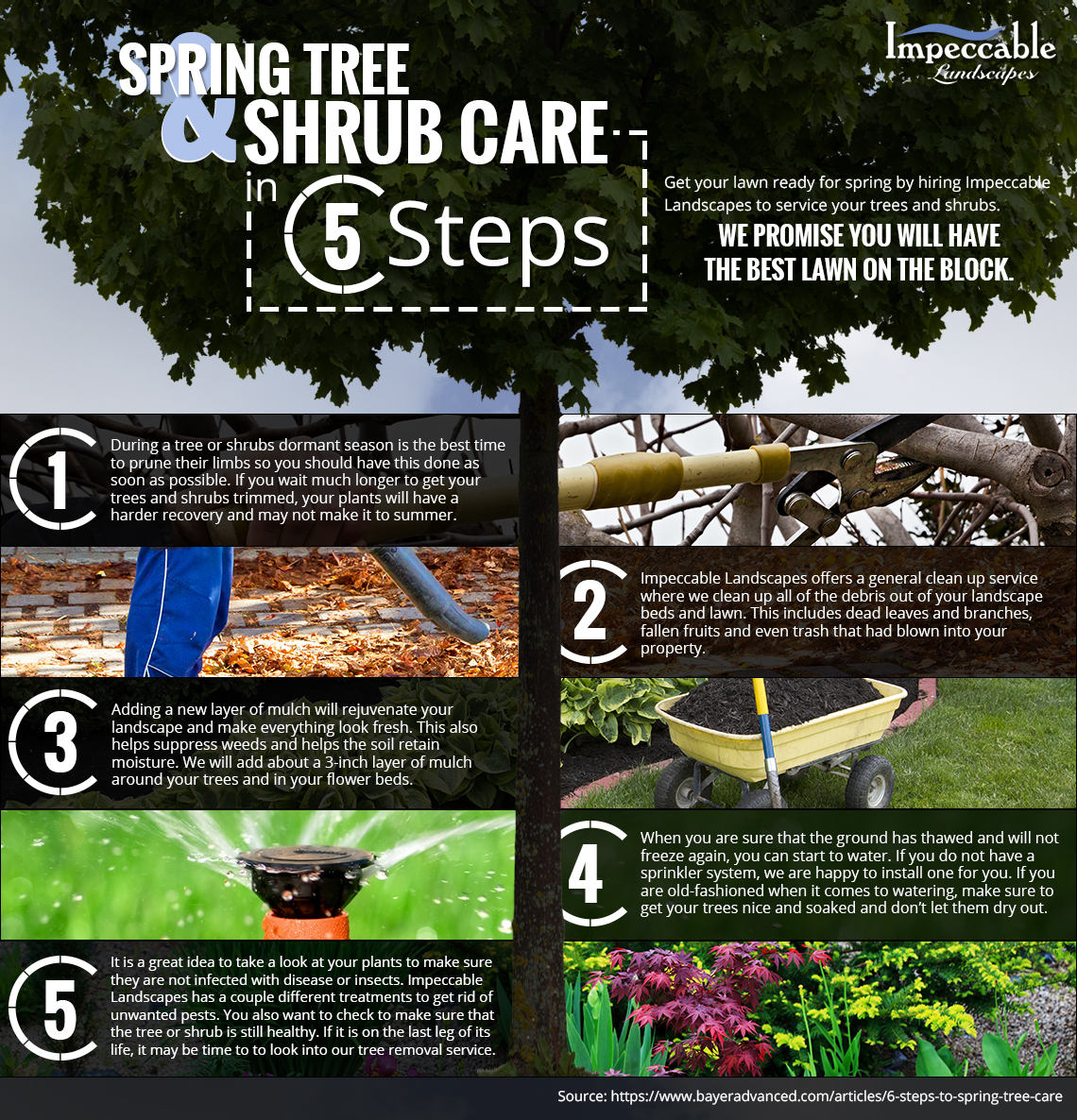Signals That It's Time To Remove A Tree: Identifying Unsafe Trees
Signals That It's Time To Remove A Tree: Identifying Unsafe Trees
Blog Article
Web Content By-Winther Butcher
When it pertains to tree care, acknowledging the signs that it's time for elimination is essential for your safety and security and home. https://www.google.com/maps/uv?pb=!1s0x87695392e3f6d517%3A0xc91102aef5ddf5d8!5sPrecision%20Timber%20Felling!15sCgIgARICEAE&authuser=2&imagekey=!1e10!2sAF1QipMXfqdPZiKnY0oS9gOZPvKUhLJka02-ZcuEPUTq may observe stained fallen leaves, wilting branches, or strange fungal developments showing illness. Architectural issues, like a considerable lean or splits in the trunk, can additionally posture risks. Comprehending these indication can assist you make informed decisions concerning your trees and stop prospective dangers prowling in your lawn. What should you seek following?
Signs of Degeneration and Disease
When you discover signs of decay and condition in your trees, it's critical to act quickly. Search for stained fallen leaves, wilting branches, or unusual growths like fungus. These can suggest that your tree is struggling.
If you see cracks in the bark or soft, mushy wood, these symptoms suggest internal degeneration. Additionally, an abrupt rise in bugs around your tree can signal that it's damaged and susceptible.
Check for any kind of dead or passing away limbs, as they present a risk to your residential or commercial property and safety and security. If you're uncertain about what you see, seeking advice from an arborist can supply clarity.
Attending to these indicators early can save you from extra extensive damages and guarantee the health of your lawn. Don't wait until it's far too late.
Structural Instability and Leaning
As you observe your trees, keep an eye out for any type of indicators of architectural instability or leaning. If a tree leans dramatically, it may indicate that the origin system is endangered.
Search for any type of fractures in the trunk or soil around the base; these can indicate prospective failing. In addition, look for unusual growth patterns, like a lopsided crown, which may suggest that the tree is struggling to hold itself upright.
If you discover that the tree leans toward your home, high-voltage line, or various other structures, it poses a higher threat. Do not overlook https://www.nj.com/news/2020/08/when-a-tree-hits-your-home-or-car-who-is-responsible.html -- speak with an arborist to examine the situation.
Acting early can prevent expensive damage and guarantee your security.
Dead or Dying Branches and Foliage
If you discover dead or passing away branches and vegetation on your tree, it's a clear indication that something's wrong.
These harmful locations can indicate underlying concerns like illness, bug invasions, or ecological anxiety. When branches shed their fallen leaves or transform brownish, they're no longer contributing to the tree's health. Ignoring these indicators could cause further decline, making your tree much more unsafe.
Dead branches can quickly break off during tornados, posturing a threat to building and people nearby. It's essential to assess the extent of the damages.
If the problem impacts a substantial part of the tree, take into consideration seeking advice from an expert. They can help establish if elimination is needed to make certain safety and keep the beauty of your landscape.
Conclusion
If you discover any kind of indicators of degeneration, structural instability, or dead branches on your trees, don't overlook them. These indicators can pose severe safety threats to you and your residential property. It's always best to speak with an expert arborist that can give a professional evaluation of your trees. Acting early can protect against accidents and expensive damage, ensuring your landscape remains secure and healthy. Keep in mind, it's much better to be aggressive regarding tree care than to await a calamity to happen.
